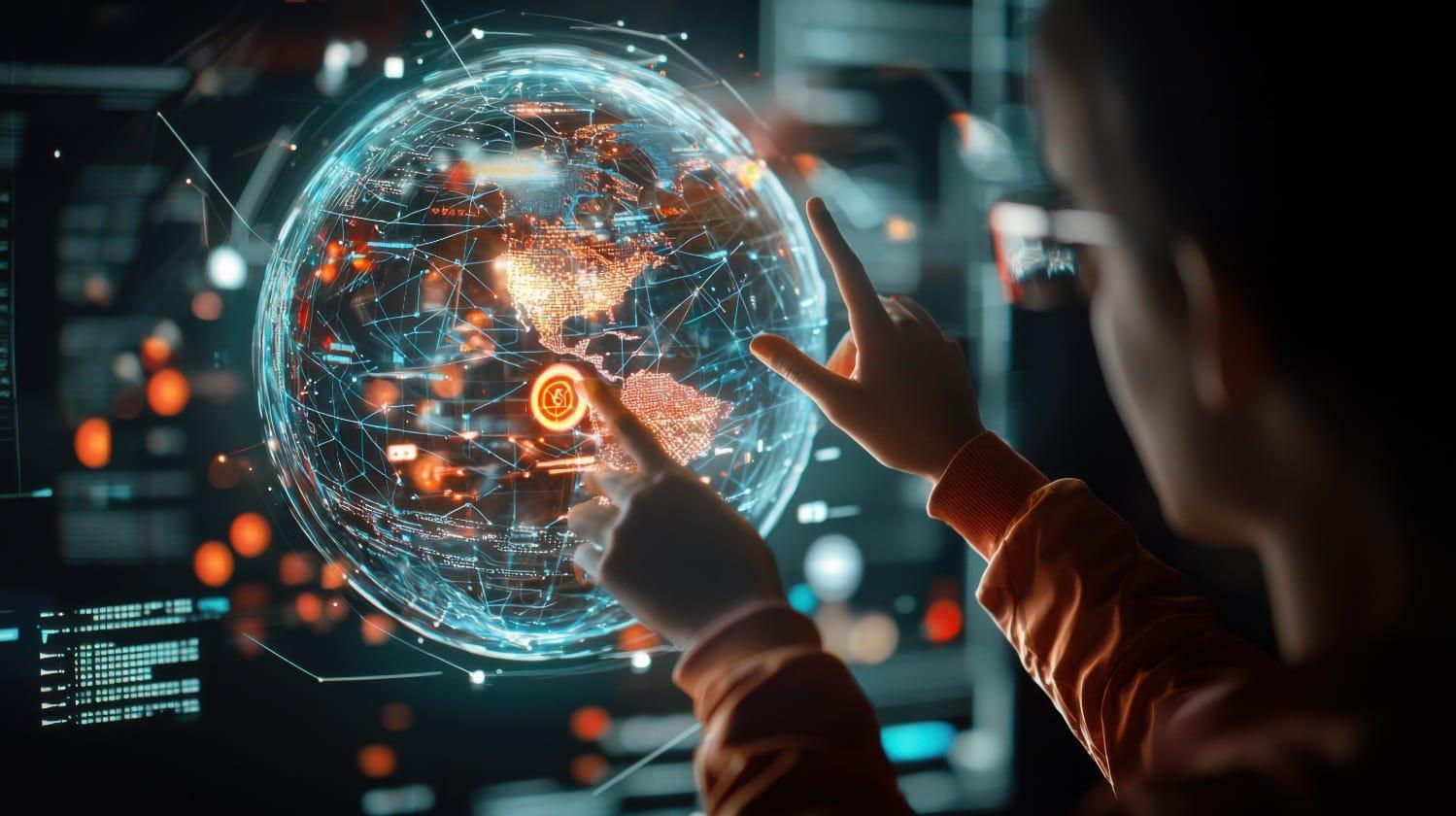NGA prepares to use Generative AI for mission support
NGA prepares to use Generative AI for mission support

The National Geospatial-Intelligence Agency is preparing to rollout generative artificial Intelligence to support its mission.
In an era where NGA receives more data than human analysts can process, Generative AI has emerged as a tool for maintaining the nation's intelligence advantage.
“As our adversaries advance their own AI capabilities, implementing this technology isn't just an option — it's imperative,” said an NGA Senior data officer.
In today's fast-paced intelligence environment, staying ahead of the nation’s adversaries requires leveraging technology. Gen AI is about maintaining a competitive edge in national security. By augmenting human expertise with AI capabilities, NGA can better fulfill its mission of delivering timely, relevant, and accurate GEOINT to decision-makers.
While human oversight remains essential, Gen AI represents a crucial evolution in how people process, analyze and deliver intelligence in support of national security objectives.
The intelligence landscape has fundamentally changed. Every day NGA receives information from various collection platforms – more information than analysts can effectively process. This isn't just a challenge, it's an impossible mathematical equation when relying on human analysis alone.
Consider the reality, the volume of geospatial data is growing exponentially, and adversaries are rapidly advancing their AI capabilities. Traditional analysis methods cannot keep pace with the speed of modern operations. This means critical intelligence could be missed simply due to human processing limitations.
What is Generative AI?
“Generative AI is best understood as a highly sophisticated digital creative assistant that can understand, learn from, and create new content based on the information it's been trained on” said the NGA senior data officer. “Similar to how humans learn from experience and create new things.”
There are three basic types of AI - artificial narrow intelligence, also known as traditional AI, artificial general intelligence, and artificial super intelligence.
AGI is a type of AI that has human-like intelligence and can teach itself, while ASI is a type of AI that surpasses human intelligence, and some experts say may emerge in the next couple of years.
Traditional AI systems are like highly specialized tools designed to perform specific tasks – think of them as sophisticated calculators or pattern matchers.
For example, the AI that recognizes a person’s face to unlock their phone, recommends products based on shopping history, or detects potential credit card fraud is performing a specific analysis or recognition task. These systems excel at identifying patterns, classifying information or making predictions based on existing data, but they can't create new content.
Gen AI, on the other hand, is more like a creative partner producing new, original content. While traditional AI might tell a person if a photo contains a cat, Gen AI can actually create a new image of a cat. While traditional AI might categorize documents by topic, generative AI can write a new document on that topic.
This creative ability is what sets it apart – it doesn't just analyze or categorize – it generates new text, images, code, or other content that hasn't existed before.
Who will use Generative AI tools within NGA?
NGA Analysts across all mission areas will be able to enhance their workflows, support staff can streamline administrative tasks, managers can improve decision-making processes and technical teams can accelerate development efforts.
By making Gen AI widely available to trained users, NGA is positioning its workforce to fully leverage these tools while maintaining necessary security and quality controls.
This approach ensures the benefits of Gen AI can be realized throughout the organization, maximizing its impact on mission success.
What are the pros of Generative AI?
Gen AI technology will dramatically increase efficiency and reduces time spent on routine, repetitive tasks. It is not just helpful, but essential. It serves as a force multiplier, enabling analysts to process and analyze vast amounts of data.
The key to successful implementation lies in maximizing the benefits while actively managing and mitigating the risks. With proper training, guidelines, and oversight, Gen AI can be a powerful tool that enhances rather than replaces human expertise.


